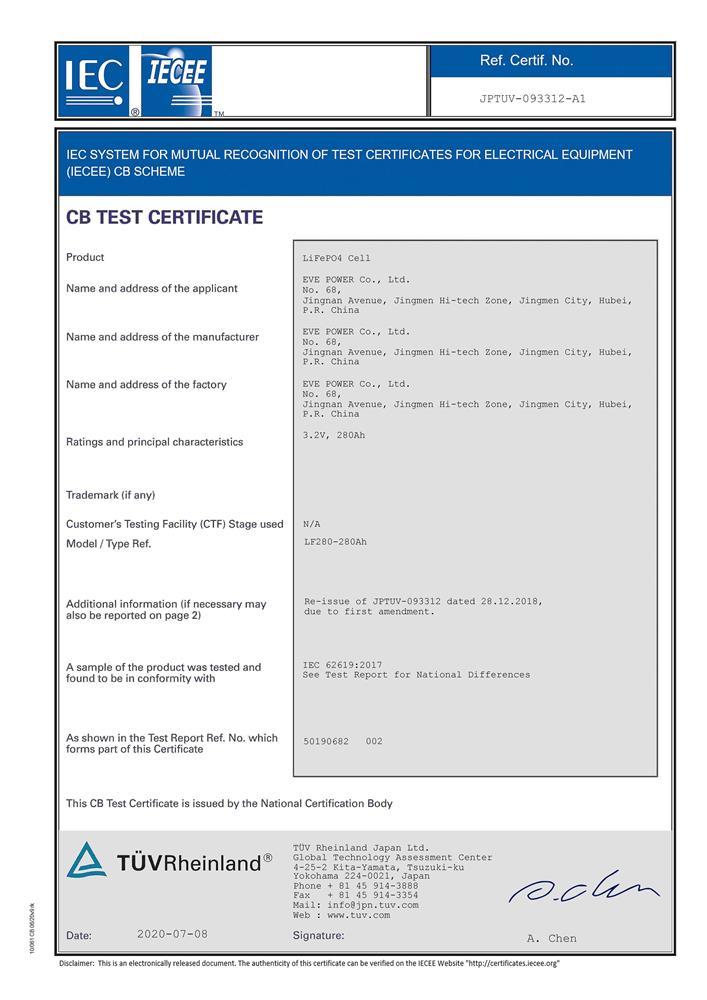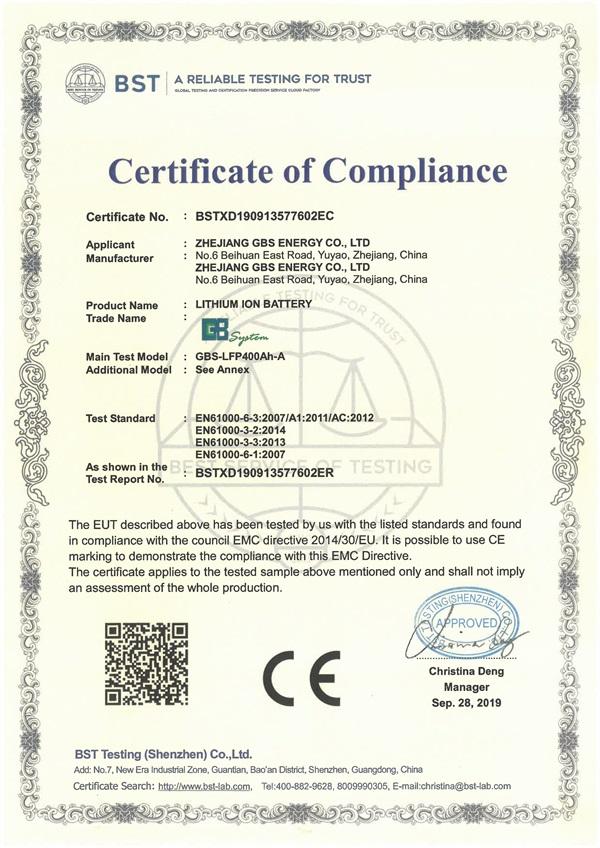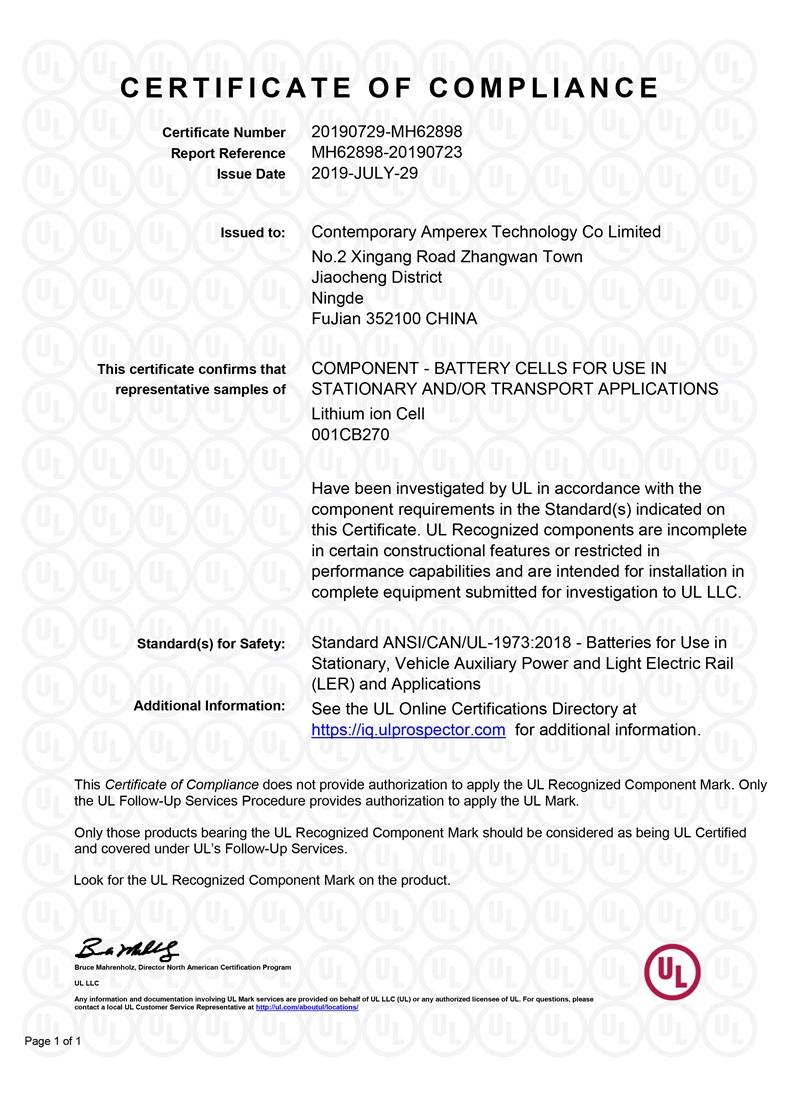Automated Guided Vehicles (AGVs) play a critical role in various logistics operations such as transporting inventory, loading, unloading, and performing basic tasks within factories and warehouses. As AGVs handle heavy loads, it’s crucial to equip them with a suitable on-board charger (OBC) to maintain optimal battery performance and ensure continuous operations. Here’s how to select the right OBC charger for your AGV fleet.

What is an AGV and OBC?
An Automated Guided Vehicle (AGV) is a mobile robot used in industrial settings to move materials efficiently. Unlike Autonomous Mobile Robots (AMRs), AGVs typically follow predefined paths using lasers, magnets, or vision systems for navigation. They are designed to transport heavy loads across vast spaces like warehouses and factories.
An On-Board Charger (OBC) is an essential power device in electric vehicles (EVs) and AGVs. It converts AC power from external sources, such as mains power, into DC power to charge the vehicle’s battery pack. The OBC communicates with the vehicle's controller to determine the correct amount of power to be applied, ensuring safe and efficient charging.
How Does the On-Board Charger Work for AGVs?
The OBC plays a vital role in keeping AGVs operational by converting AC to DC for charging their batteries. The charging process is managed by a Battery Management System (BMS), which monitors factors like charge levels, battery voltage, and temperature. The typical charging stages include:
Bulk charging: Rapid charging at high current.
Absorption charging: The current decreases as the battery approaches full charge.
Float charging: Maintains a small, steady current to keep the battery at full charge.
On-board chargers offer flexibility by allowing AGVs to charge during brief pauses using either conductive or inductive charging methods. This minimizes downtime and helps keep AGVs active, boosting overall productivity.
Steps to Choose the Right OBC for AGVs
Step 1: Assess Battery Specifications
Start by reviewing the AGV's battery specifications. For example, a warehouse AGV may use a lithium-ion battery with the following characteristics:
Voltage: 48V
Capacity: 200 Ah
Step 2: Determine Charging Speed Requirements
For AGVs operating in a 24/7 environment, rapid charging is essential. A target charging time of around 2 hours is ideal to minimize downtime.
Step 3: Calculate Charger Power
To determine the charger power needed, use the formula:
Charger Power (kW) = (Battery Voltage * Battery Capacity) / 1000
For a 2-hour charge:
Charger Power = (48V * 200Ah) / 2 = 4.8kW
Step 4: Evaluate Power Source Compatibility
Ensure that the warehouse’s power supply (e.g., 230V AC) can handle the required load, especially when charging multiple 4.8kW chargers simultaneously.
Step 5: Consider Physical Dimensions and Integration
The charger should be compact enough to integrate with the AGV without affecting its mobility. Ensure that the charger’s size and weight are suitable for the vehicle.
Step 6: Verify Durability and Reliability
Given the high-demand environment of a warehouse, choose a durable and reliable OBC. The charger must be industrial-grade with proven performance in similar applications.
Step 7: Ensure Safety Features
Critical safety features for the OBC include:
Overcharge protection
Temperature monitoring
Short-circuit protection
Automatic shutoff when fully charged
Step 8: Check for Energy Efficiency
Opt for a charger with an efficiency rating of at least 90%, ensuring most of the input energy is converted into battery storage and reducing operational costs.
Step 9: Confirm Integration with AGV Systems
Ensure the OBC is compatible with the AGV's BMS and control systems. This ensures seamless communication and optimized charging.
Step 10: Evaluate Support and Service
Choose a charger from a manufacturer that offers comprehensive technical support and after-sales services to quickly address any issues.
Conclusion
Selecting the right OBC charger for AGVs is crucial for maintaining efficient and reliable operations in industrial settings. By considering factors like battery specifications, charging speed, power compatibility, safety features, and durability, you can ensure your AGVs remain productive and have a long lifespan. Don’t hesitate to contact us for tailored solutions and options for your AGVs.




